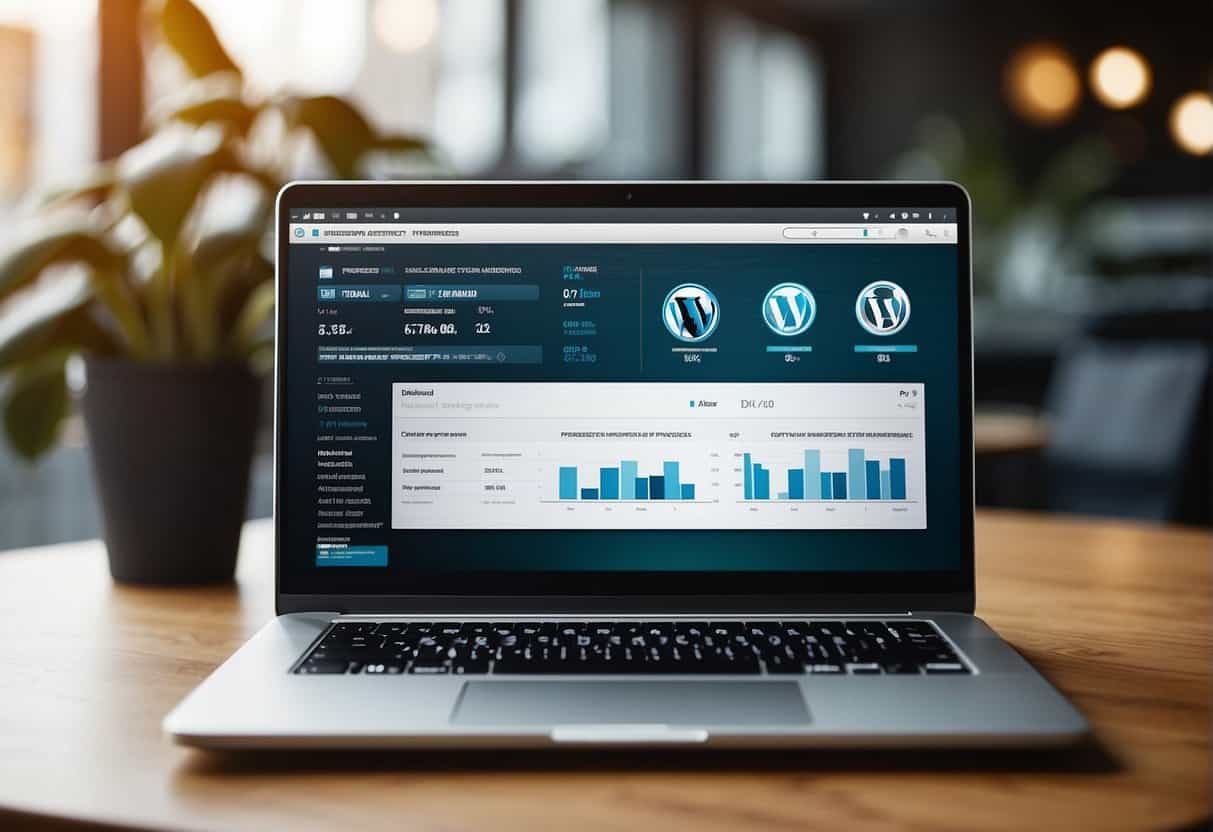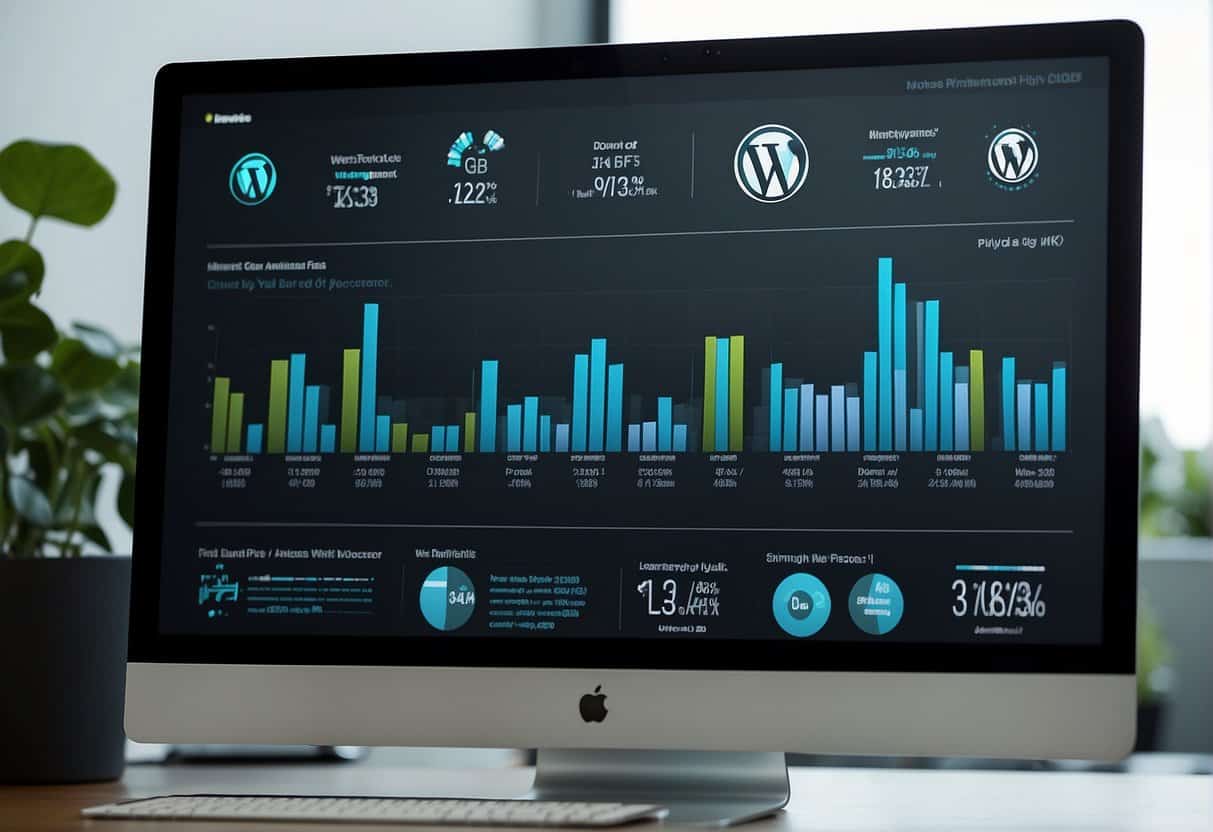In today’s digital landscape, agencies managing multiple client websites cannot afford to overlook the critical importance of ongoing website maintenance and security. With WordPress powering approximately 40% of all websites, ensuring that these sites are regularly updated, backed up, and secured against the latest cyber threats is paramount. Your clients rely on your expertise, not just for website development but also for the continuous care that will keep their online presence robust and reliable.
A comprehensive WordPress care plan is an integral component of safeguarding client websites. Such plans typically include regular updates to themes and plugins, which can prevent compatibility issues and security vulnerabilities. By prioritizing these updates, you mitigate the risk of website downtime and maintain optimal performance, which is essential for both user experience and SEO rankings.
Moreover, regular site backups and security checks form the backbone of a WordPress care plan. Backups ensure that a recent version of the website can be restored in the event of data loss, hacking, or other disruptive incidents. Concurrently, security monitoring and the implementation of protective measures defend against malicious attacks, safeguarding both your client’s data and their reputation. As an agency, it’s your responsibility to provide a scalable and reliable care plan that cultivates trust and delivers consistent value to your clientele.
Understanding WordPress Care Plans
WordPress Care Plans are essential for ensuring your WordPress website remains secure, fast, and reliable. They encompass a range of maintenance services designed to provide comprehensive care for your site.
Defining WordPress Maintenance and Care
WordPress maintenance includes routine tasks to keep your website functioning optimally. Maintenance services are critical as they involve regular updates, backups, security checks, and performance monitoring. WordPress Care indicates a more holistic approach that not only includes maintenance but also strategic improvements to enhance your website’s effectiveness over time.
Core Components of a WordPress Care Plan
1. Updates: Keeping WordPress core, plugins, and themes up-to-date is pivotal to ensure security and functionality.
- Regular updates to WordPress core, themes, and plugins
- Compatibility checks for updates
2. Backups: Consistent backups protect your content and data against loss due to website incidents.
- Scheduled site backups
- Secure off-site storage of backup data
3. Security: Strong security measures safeguard your website from hacking, malware, and breaches.
- Regular security scans
- Implementation of firewalls and security enhancements
4. Performance Optimization:
- Regular website speed checks
- Optimizations for improved load times
5. Support: Access to expert assistance for handling technical issues and questions.
- Availability of support channels
- Resolution of technical problems
Maintaining your WordPress website through a care plan is a strategic decision that ensures the constant health and performance of your site. These services not only keep your site up and running but also support growth and success in the digital space.
The Role of Security in Client Website Management
When managing websites for clients, security is a critical aspect. It encompasses protective measures and recovery strategies, ensuring that websites remain safe from attacks and operational in the face of threats.
Preventing Cyber Threats with Regular Security Checks
WordPress security is a crucial defensive layer against cyber threats. Your agency should conduct regular security checks to detect vulnerabilities before hackers can exploit them. Set a schedule for security assessments, including the review of security plugins and security patches. Ensure all WordPress installations are up-to-date with these steps:
- Weekly security reviews: Check for updates on WordPress core, themes, and plugins.
- Update installations regularly to incorporate the latest security patches.
- Scan for malware using reputable security plugins.
Utilizing a WordPress firewall further provides real-time defense, blocking many common threats before they reach your site.
Implementing Effective Backup Strategies
Having a robust backup strategy forms a safety net in case of security breaches. Here’s how you should manage backups:
- Perform daily backups to secure a recent snapshot of the website.
- Store backups in multiple locations – both onsite and offsite – for redundancy.
- Ensure that backups include all components of your website, including the database, media files, and any custom code.
In the event of a security issue, having reliable backups allows you to restore your site quickly, minimizing downtime and data loss. Regular implementation of these backups, paired with efficient malware removal practices, completes your defense strategy, making sure clients’ websites recover swiftly from any form of attack.
Optimizing Performance for Improved User Experience
Efficient website performance is essential to ensure a seamless user experience. Your ability to keep users engaged hinges on the speed and reliability of your site.
Speed and Performance Optimization Techniques
1. Caching: Implement caching mechanisms to reduce the load on your server and speed up content delivery to your users.
- Page Caching: Stores static page versions to minimize PHP code execution.
- Object Caching: Saves database query results to quicken future requests.
2. Image Optimization: Compress and resize images to balance visual quality with file size, thus enhancing loading times. Use tools that automatically handle:
- Compression: Reducing image file sizes without compromising quality.
- Lazy Loading: Loading images only as users scroll down the page to save bandwidth.
3. Content Delivery Network (CDN): Utilize a CDN to distribute resources across different geographical locations, reducing latency and increasing speed.
- Diverse PoP Locations: CDNs have Points of Presence (PoP) to serve content from the nearest server to the user.
4. Minification and Concatenation: Minify CSS, JavaScript, and HTML files to remove unnecessary characters. Concatenate them to reduce HTTP requests.
- Automated Tools: Identify plugins or services that perform these tasks with minimal oversight.
Ongoing Monitoring and Fast Troubleshooting
1. Uptime Monitoring: Implement uptime monitoring to detect and react to site downtime swiftly.
- Real-time Alerts: Set up instant notifications for any performance issues to resolve them promptly.
2. Regular Performance Testing: Routinely test your site’s performance to identify areas for improvement.
- Benchmarking Tools: Utilize tools like Google PageSpeed Insights to measure site speed and optimization levels.
3. Rapid Response Plan: Have a plan ready to quickly address issues identified through monitoring.
- Support Resources: Ensure access to technical support for immediate problem-solving.
Maintaining optimal site performance and conducting regular testing and monitoring will ensure your client’s websites are fast, reliable, and deliver a high-quality user experience. Remember that ongoing attention to speed and performance is not just a one-time task but a constant commitment.
Enhancing Agency Operations with WordPress Care Plans
Implementing WordPress care plans enables you to streamline your agency’s operations by automating maintenance tasks and deciding between outsourcing and in-house management for optimal efficiency.
Simplifying Maintenance Tasks Through Automation
By automating maintenance tasks, your agency can consistently perform critical updates, ensuring sites run smoothly with less hands-on time. Automation can include:
- Scheduled Backups: Secure your clients’ data without manual intervention.
- Automatic Updates: Keep WordPress core, themes, and plugins up to date, reducing vulnerabilities.
- Uptime Monitoring: Receive immediate alerts to any downtime, allowing for swift responses.
This automation means fewer repetitive tasks for your team and reduced risk of human error, ultimately saving time and reducing the potential for overlooked maintenance that could lead to site errors.
Outsourcing to Experts vs. In-House Management
- Expert Oversight: Access specialized knowledge to handle complex technical aspects.
- Custom Plans: Tailored support can address specific performance or security needs.
- Cost-Effective: Potentially more affordable than hiring additional in-house staff.
| Consideration | In-House Management | Outsourcing |
|---|---|---|
| Expertise | Dependent on team’s existing skills | High-level expertise often assured |
| Control | Direct oversight of maintenance tasks | Varied levels of control based on provider |
| Cost | Can increase with training and staff | Fixed cost with a service provider |
In-House Management:
- Complete Control: Your agency handles all aspects of the WordPress care plan.
- Direct Oversight: Address issues and updates directly, providing immediate solutions.
- Build Expertise: Develop your team’s skills in managing WordPress technicalities.
Your decision to outsource or manage maintenance in-house should be determined by your agency’s resources, expertise available, and the level of control you wish to maintain over your clients’ websites.
Monetizing WordPress Care Services for Agencies
WordPress care plans can be a lucrative avenue for your agency, transforming sporadic income into a steady financial stream. By positioning WordPress care services as essential, you can tap into a recurring revenue source.
Creating Customizable and Subscription-Based Offers
Crafting customizable WordPress maintenance plans is key to meeting diverse client needs. Suggest various tiers, such as basic, standard, and premium, each with escalating benefits.
- Basic: Fundamental updates and backups
- Standard: Basic plus enhanced security scans
- Premium: Includes all previous plus speed optimization and SEO tools
The subscription model ensures consistent cash flow while providing your clients with peace of mind through ongoing services and support.
Building a Reliable Revenue Stream
With subscription-based services, you create a reliable source of recurring revenue. Promote the importance of regular maintenance to encourage clients to subscribe:
- Security: Continuous monitoring to protect against threats
- Performance: Ongoing optimizations for improved website speed
- Support: Access to dedicated help when they need it
Utilize automation to streamline service delivery, keeping costs low and margins high. White label solutions allow you to offer comprehensive website care plans without the need for in-house resource expansion. This strategy fortifies your business model, making your agency’s revenue more dependable and predictable.







